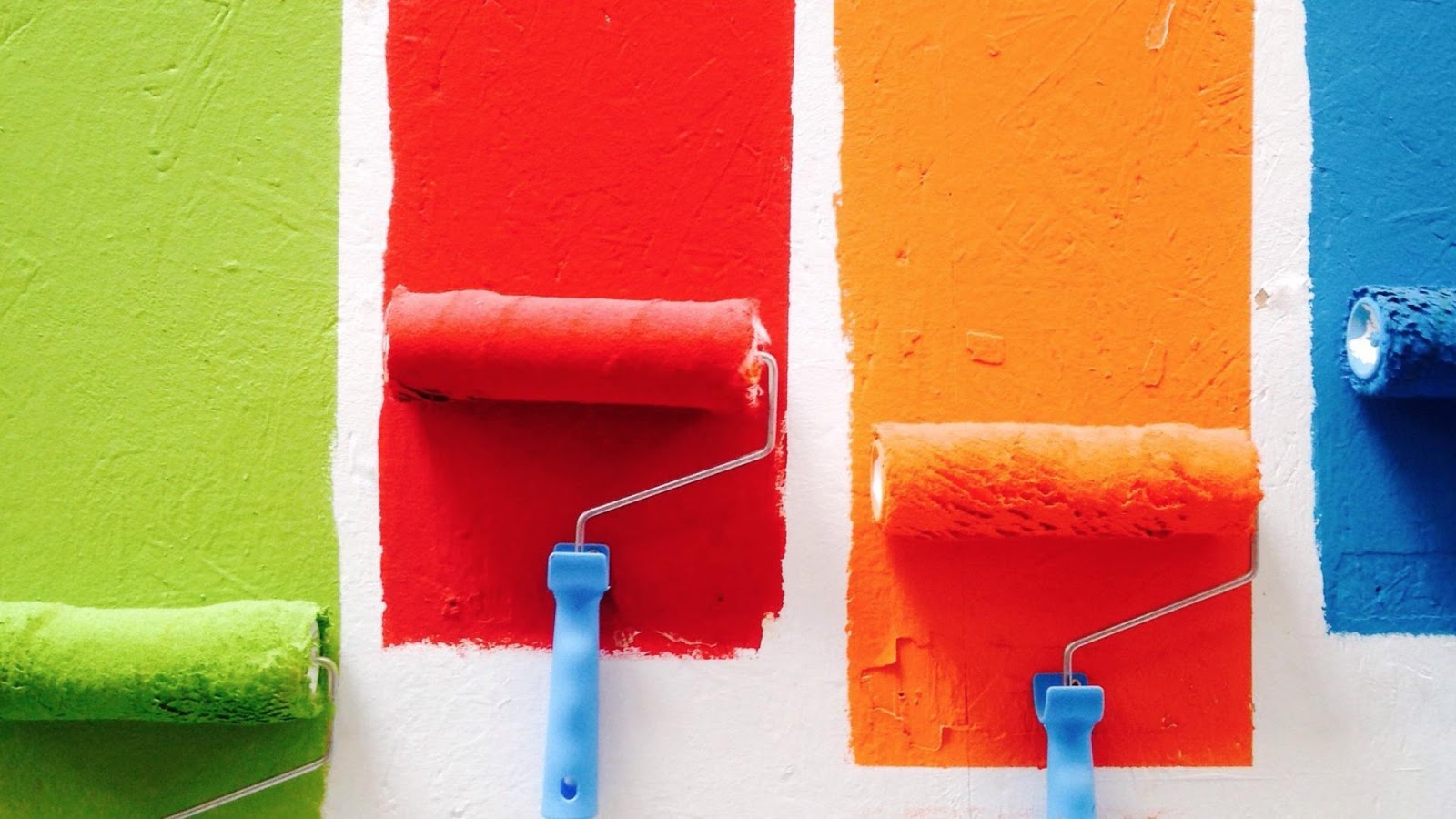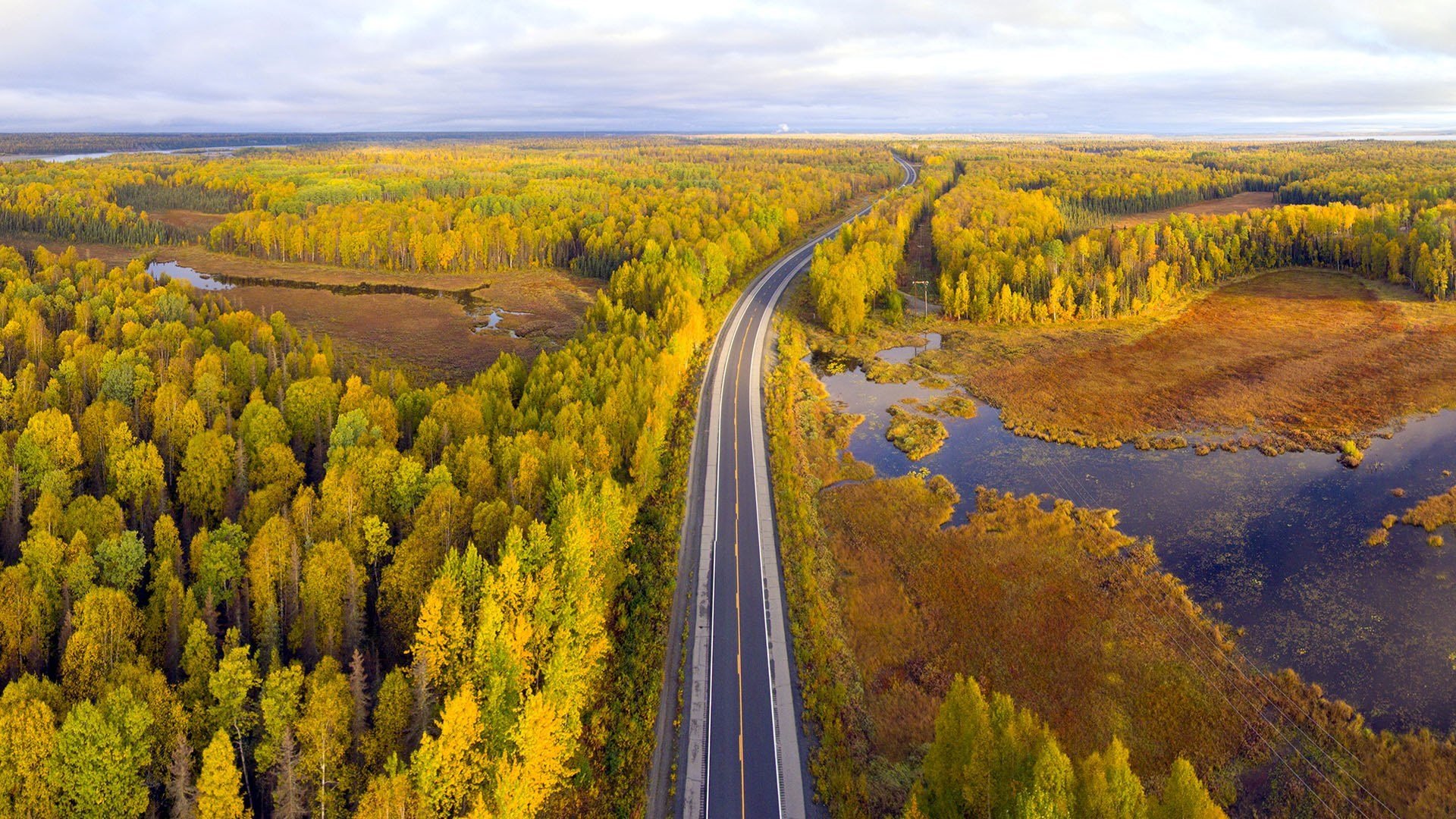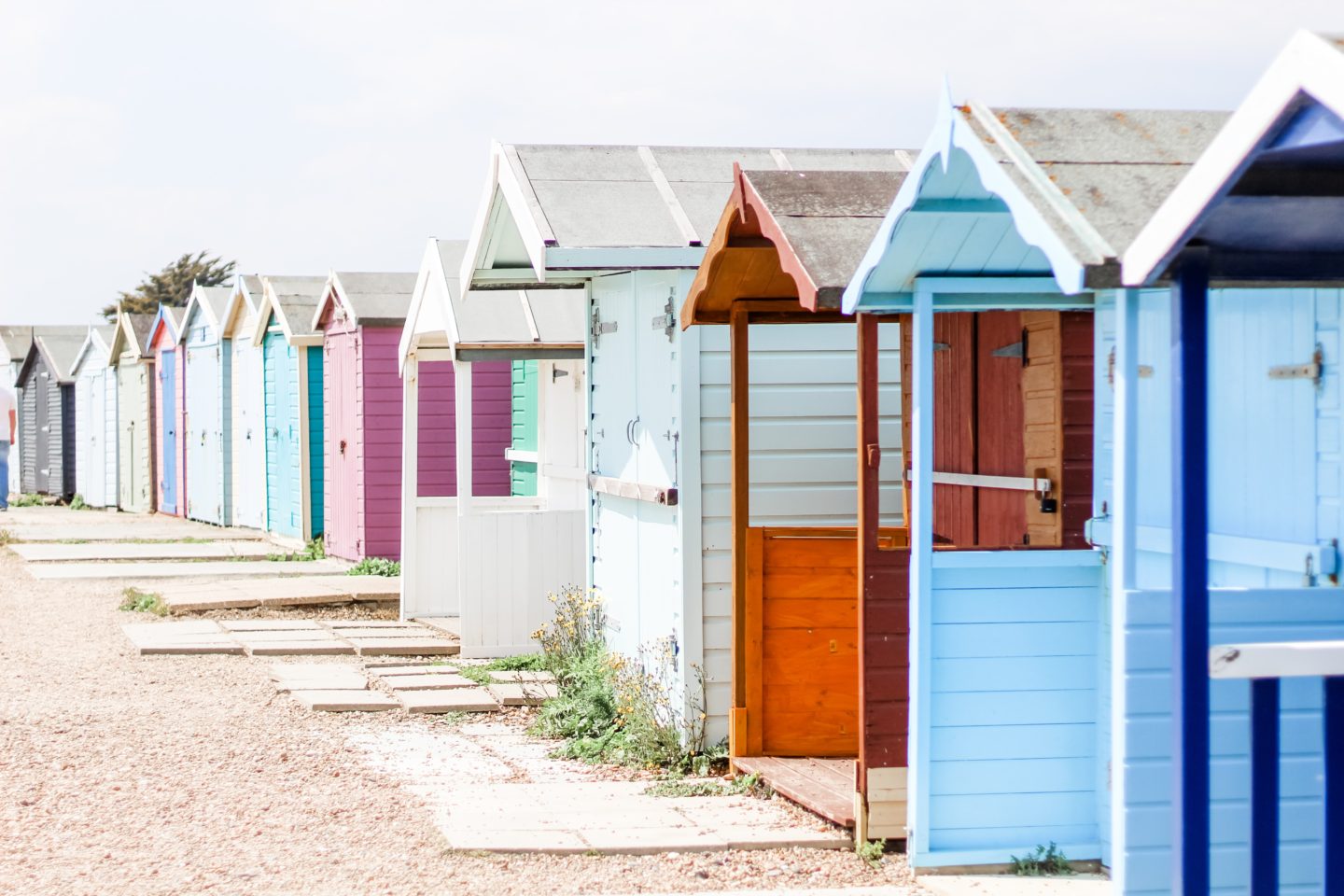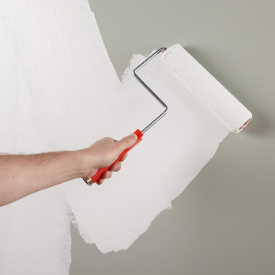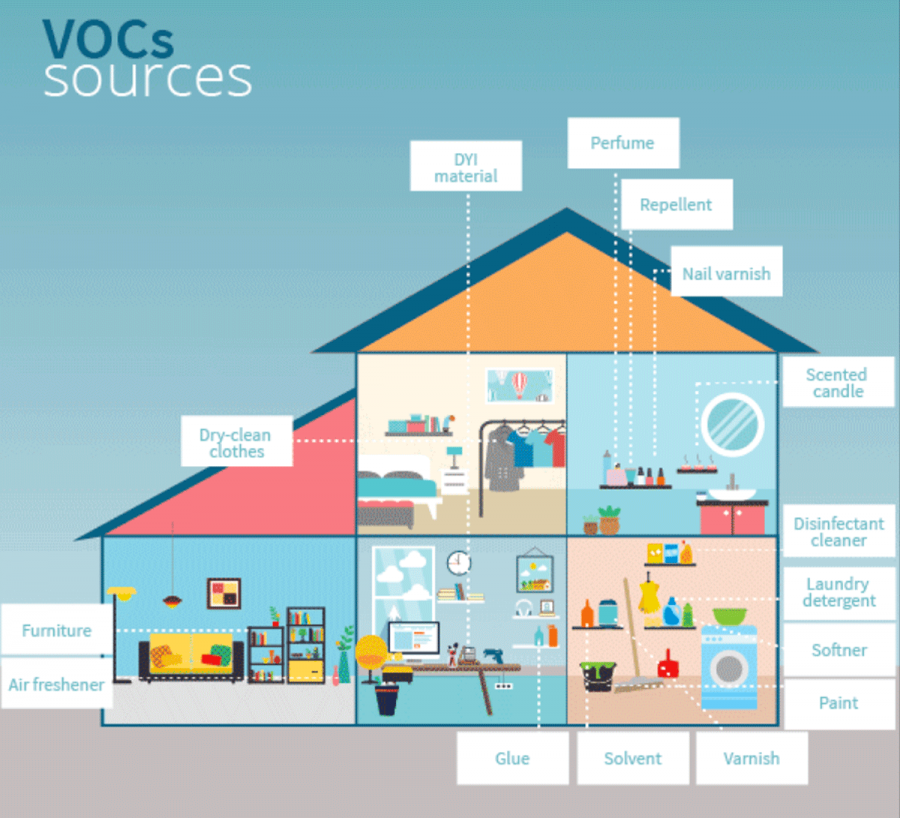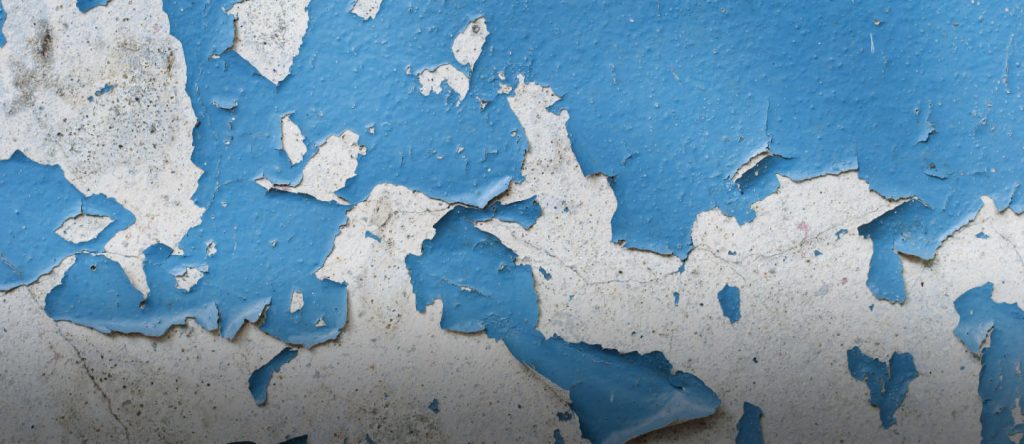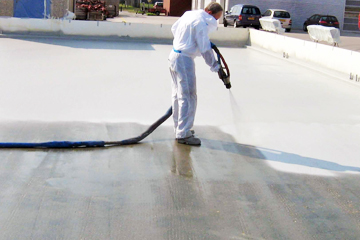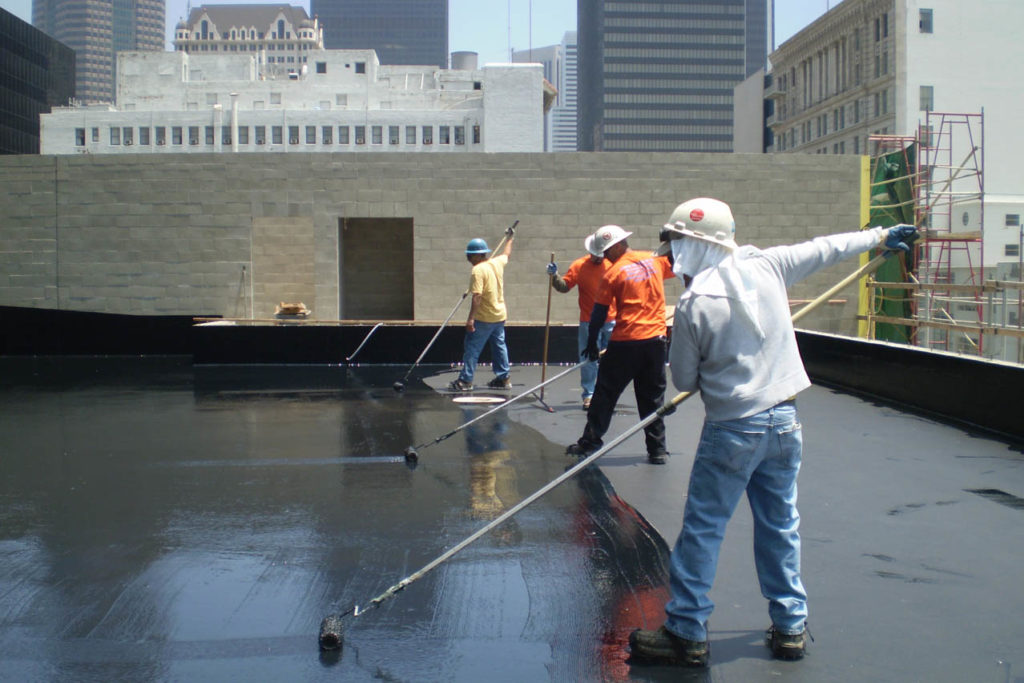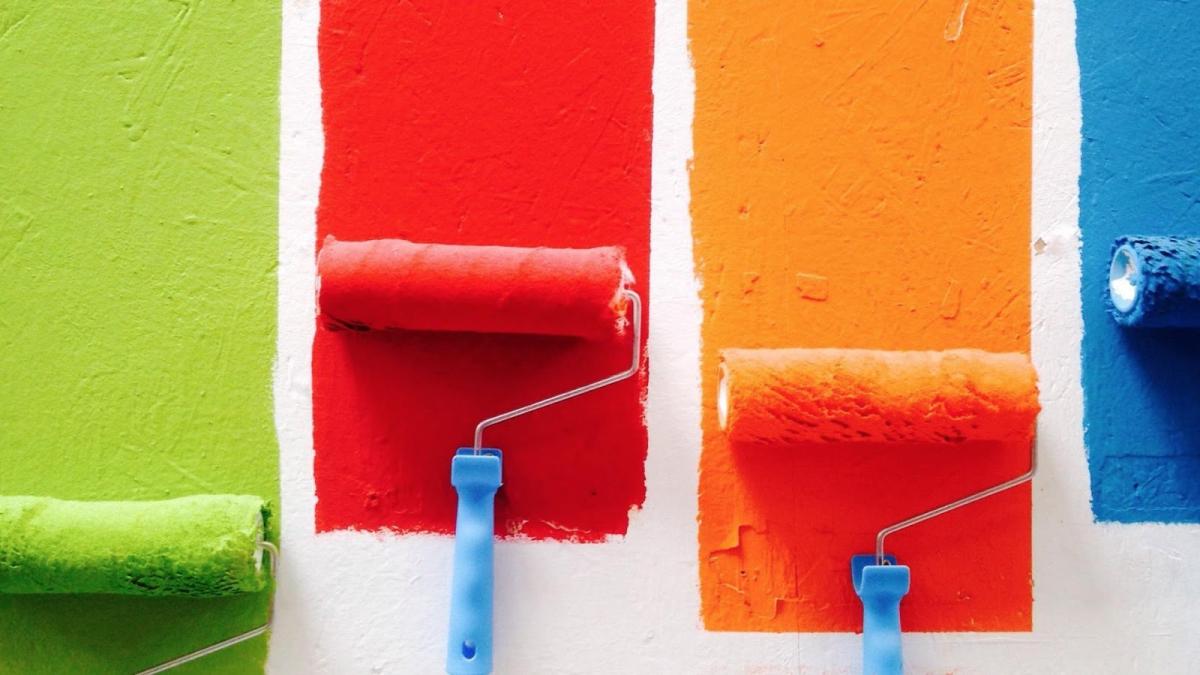What you need to know about paint primers
What is a paint primer?
A primer, also known as a primer, is applied to the surface before colored paint is added. There are three main reasons to use a primer on the surface. It provides strong adhesion, acts as a glue between the surface material and the paint. It is an additional layer between the material and the paint. This allows the finished paint to have better durability and protection on the material. It also prevents any odor or stains from the material from the surface.
How is paint primer different from coating?
The difference between primers and coatings lies in the chemicals inside them. The primer has chemical components that create the bonds between the surface material and the paint. Coatings contain pigments that create a variety of colors along with durability to perform better in certain conditions and weather.
What types of paint primers are there?
There are basically three types of paint primers. Oil-based primer, Shellac primer and latex-based primer.
Oil-based primer
Oil-based primers are versatile because they work well with both latex and oil paints and can be applied to a large number of different surfaces. The most popular of all are wood (interior, exterior, ceiling, finish, painted and unpainted). This is because oil-based primers can seal the porous surface of wood and give paint a better surface to paint on.
Other materials where oil-based primers work well are metals like steel. They are exceptionally good at preventing stains from appearing through the new paint on the material. It's also worth mentioning that oil-based primers can prevent or slow paint peeling, blistering, and cracking.
However, the biggest disadvantage of oil-based primers is that they take a long time to dry as well as release a lot of harmful chemicals in the form of volatile organic compounds (VOCs) when exposed over an extended period of time.
Shellac primer
On the other hand, Shellac primers are not as versatile as oil-based primers. They work well to seal odors and odors from stained surfaces because they are made with denatured alcohol. Surfaces such as smoke, damaged walls or severe water that require odors or stains to be sealed can be effectively done using a shellac primer. It also works on materials such as wood, plaster, plastic and metal.
Shellac primers dry much faster than oil-based primers because they do not penetrate deeply into wooden surfaces. They are also the only primers that can be applied at freezing temperatures. Due to their ability to soften under elevated temperatures, they can only be applied to certain areas of the surface in small patches, also known as "spot paint primers".
Latex-based primer
Water-based latex-based primer and is popular with unfinished drywall primers because it does an excellent job of smoothing surfaces for painting. They are flexible and dry quickly. Because they are fast, they also expand and contract along with wood at different temperatures. Latex-based primers also work well with softwood, galvanized metal, and concrete.
Unlike oil-based primers and shellac primers, latex-based primers do not prevent the appearance and sealing of stained surfaces as effectively as the other two. What's more, it's also the kind of thing that's missing and low in VOCS that make us healthier and safer with it.
.jpg)
When to use a paint primer?
Repainting the house
After a period of use, the paint color of the house is old and down to the original color. At this time the house needs to be repainted and the use of primer is absolutely necessary to carry out the paint color transition
Latex-based paint on oil-based paints
Using a primer will help you get better adhesion between two different paint-based chemicals.
Paint on metal or plastic
Paint on metal or plastic surfaces can cause difficulties. A primer will allow you to protect against rust, as well as provide a solid foundation for paint.
Paint a new wall
All new wall surfaces, especially drywall and bare wood, will require priming before painting. Wood is a very porous material and will absorb new layers of paint, so a primer is needed to prevent it.
Unattractive walls: Stains and damaged walls can be treated both in appearance and smell with a primer.
When is there no need to use a primer?
The walls are in good condition
If your existing walls are in good condition without any significant stains or damage, then priming may not be absolutely necessary.
The new paint matches the existing paint
The primer can be omitted if the new paint color matches the old one.
Use self-painted paint
New paint today is often mixed with primer, so you don't need to buy a primer separately.
How many layers does the primer need to use?
The primer does not always completely cover the surface material. So, you may need to use two coats of primer when changing from one color to another. For the most part, an ordinary drywall room should require only one coat of primer. Using a paint roller will allow you to achieve good coverage.
If you're trying to paint a darker to lighter color, you should use a primer for your new paint color. This will reduce the amount of paint needed and will be more effective for covering existing colors and stains.
Consider waterproof paint when painting 'wet' rooms such as kitchens and bathrooms. There are many advantages of using waterproof paint that can save you money and time.
Advice from experts
If you are not sure exactly how much primer or paint you need for which interior painting area of your home, you should seek professional advice from the experts of KIWIVINA paint. We have been providing high quality interior paints at competitive prices. Our paint experts all have over 10 years of industry experience and can provide you with valuable information.
Other news
- Health and environmental safety criteria for paint
- The effect of UV rays on exterior paint
- VOCs in the Chemical and Paint Industry
- What is Nano and Application in the Paint Industry
- Wall paint peeling: Causes and overcomes
- Waterproofing and waterproofing measures for the house
- Waterproofing materials, use and functions of various types of waterproofing materials
- Guide to choosing the right interior paint products from Koro Paints for your décor
- How to choose the Paint for sea weather?
- What is interior primer? Criteria to choose the best primer


